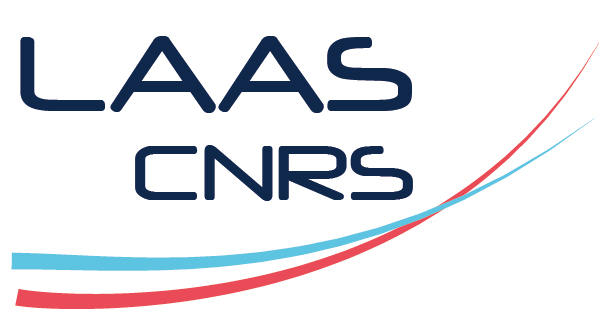Impulsive thrust collision avoidance for long-term space encounters
Résumé
This paper investigates how chance-constrained optimization techniques can be applied to the problem of collision avoidance between an active satellite and a passive space debris. The goal is to minimize the fuel consumption needed to perform evasive maneuvers reducing the collision probability below a given threshold. Specifically, we focus on the long-term collision avoidance problem and we propose two different methods, i.e., a scenario approach and a novel direct convex relaxation approach, to optimize the avoidance maneuvers while enforcing constraints on the cumulative probability of collision. The performances of these approaches are compared with a risk-selection method, and the results highlight that the direct approach is competitive with the existing methods for long-term encounters while the scenario-based method is promising for future applications in the field of spacecraft collision avoidance.
| Origine | Fichiers produits par l'(les) auteur(s) |
|---|

